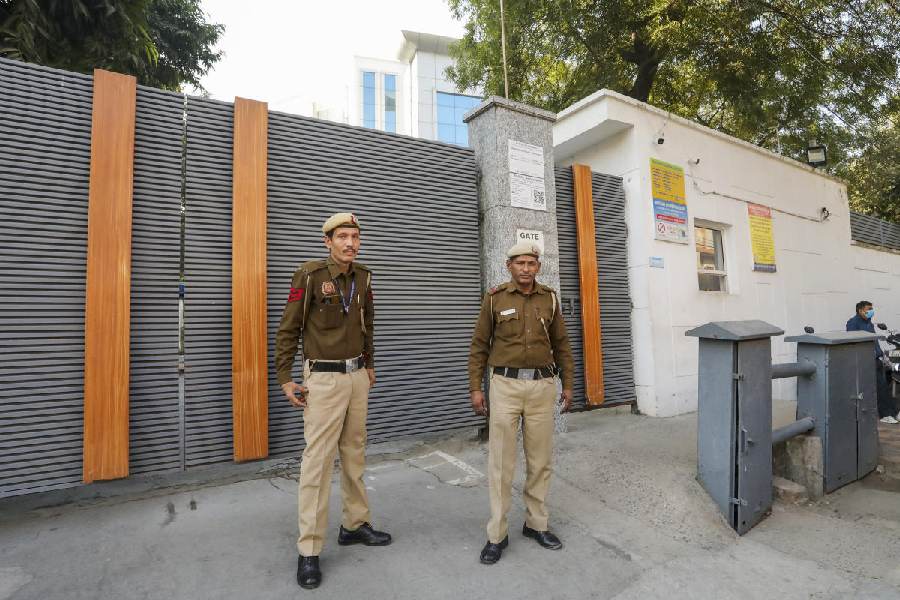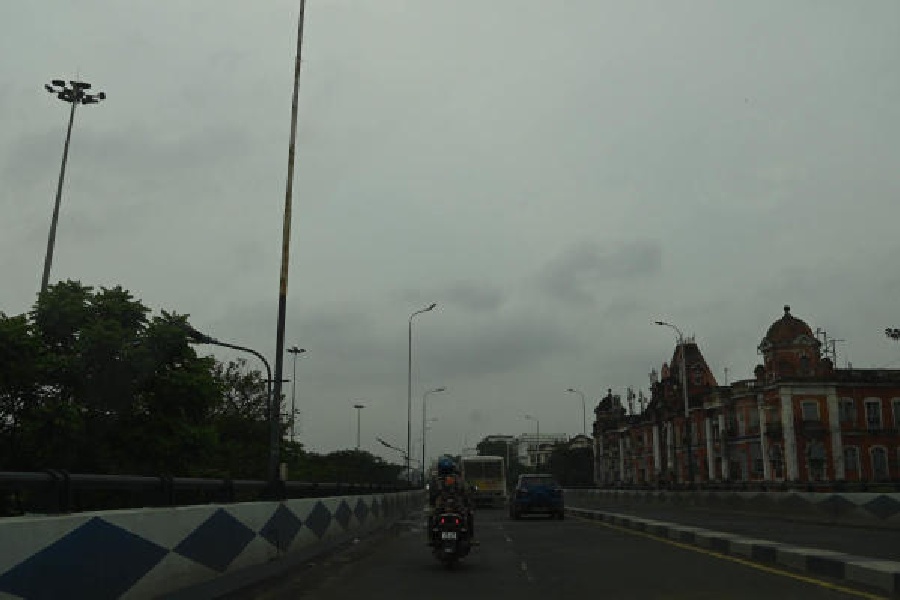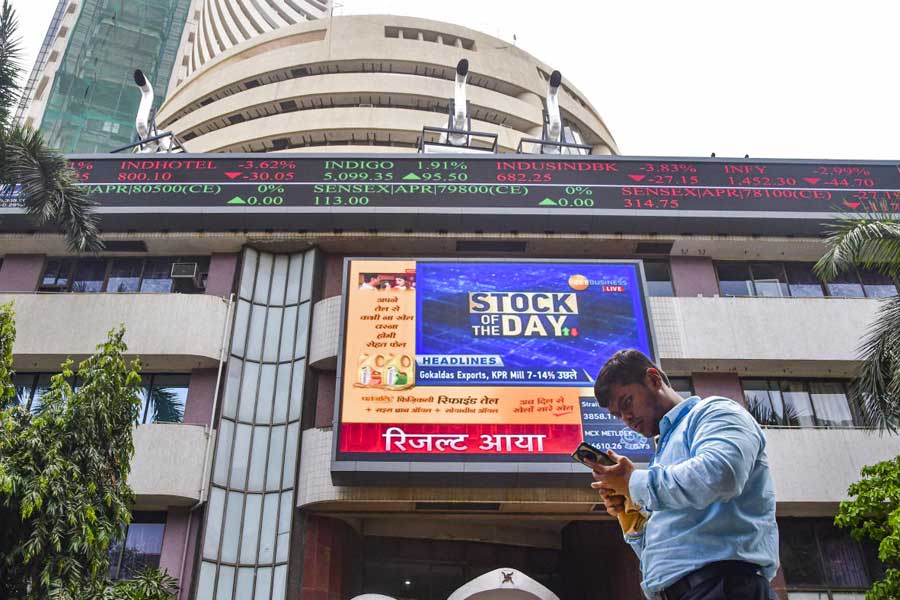 |
| Chanho police station flaunts solar panels. Picture by Prashant Mitra |
Ranchi, Feb. 5: When the sun sets every evening, Chanho police station switches on its sunlight.
The police station, 40km from the district headquarters, has proved to be highly efficient in using solar power.
Though Chanho has conventional electricity, the reason why the police station boasts non-stop power supply — rare everywhere in the state except parts of Jamshedpur — is due to a solar battery that generates 5KW every day.
Chanho block has seen rebel activity. That’s why its police station needs to have lights after sundown for security reasons. Power cuts — rife in the state — won’t do here.
This is what the solar battery has guaranteed. With 24/7 power supply, thana safety as well as police productivity have improved, says officer-in-charge Sanjay Suman.
“The solar battery was installed here in 2011. Thanks to it, we can light up 30 CFL bulbs and almost the same number of fans any time. Solar power has helped us in more ways than one,” he said.
A Chanho constable, who declined to be named, said the lights have communicated their message to the rebels. “Since at Chanho police station said that since the battery was installed, rebels do not dare look towards police station even after sunset.”
A constable clerk added: “We get power round the clock to run computers, bulbs and other electrical equipment in our barracks and offices. We can do paperwork at night.”
Executive engineer of Jharkhand Renewable Energy Development Agency Uday Kumar Singh said: “Chanho was one of the 75 police stations and pickets across Jharkhand with solar batteries. All come under the rebel-hit list.”
Asked for details, Singh said: “Of the 75 solar batteries, 50 are of 5KW capacity, while the rest can generate 2.5KW power. We hardly get any complaint regarding their functioning.”
The capital can learn a thing or two from Chanho thana.
For instance, neither Ranchi Municipal Corporation nor traffic police bothered about maintaining solar-powered variable message boards put up at main junctions. A thick coat of dust on solar panels prevented them from absorbing sunrays for power generation.










